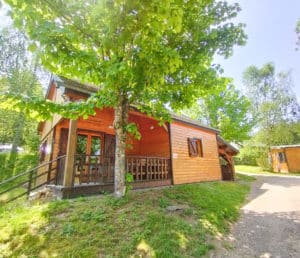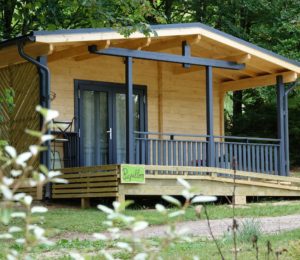The history of the estate in Moux-en-Morvan
There was a time when the Morvan didn’t even have the 10 inhabitants per square kilometer it has today. A time of mountains grazed by tiny dinosaurs (see Autun’s natural history museum). Then a time when Gauls and Romans camped on oppidums. A time, not so long ago, when the druids gathered around the stones, still remembered by the Benedictine Abbey of La Pierre qui Vire. A time of maquis. And a time for us, the tourists.
Lac des Settons, the jewel in the crown of the Morvan Nature Park, is a marvel shaped by man and nature. Created in the 19th century to supply the Nivernais canal, this artificial lake covers some 300 hectares. Its name comes from the word “ceton” meaning “mountain” in Celtic, in reference to the surrounding hills. It is one of the emblems of the Morvan Regional Nature Park, created in 1970 to protect a unique natural and cultural heritage and promote environmentally-friendly economic development. Historically, the Morvan was an essential territory for Burgundy, providing timber, agricultural resources and a natural refuge. Châteaux and ecomuseums recall the region’s history: museums of the Resistance, nannies, arts and traditions, including oral art, the hurdy-gurdy, clogs… and it’s also the birthplace of Vauban, the famous builder of military citadels and monastic brotherhoods, including Vézelay.
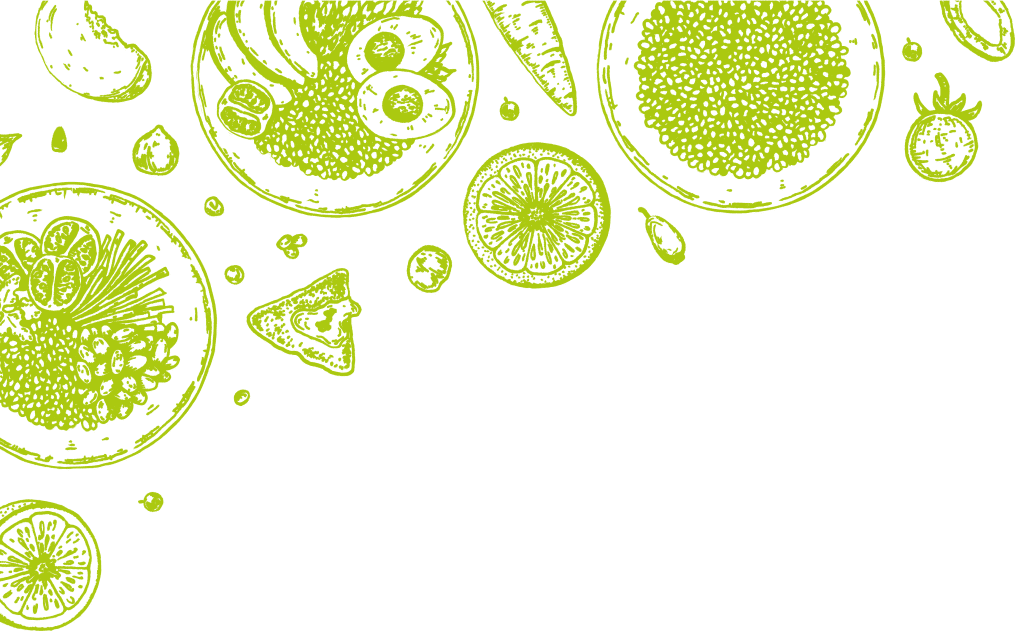
The birth of Domaine de la Cabane Verte
In this setting, at the end of the world, as presented by Belgian journalist Adrien Joveneau (RTBF) in “Les belges du bout du monde … dans le Morvan”, Domaine de la Cabane Verte also has its own history. It was a virgin site, an uncultivated plot of land sold for a few pennies to the Moux-en-Morvan town council, which turned it into a campsite in 1985.
Cabane Verte” is the name of the place: a small wooden hut was once built on the beach just in front of the campsite, which still bears the name “La Plage de la cabane verte”. It was one of the huts (for there were others, of other colors, now gone) built on the lake shore and serving as a meeting point for the first tourists who came to the lake with the first automobiles.
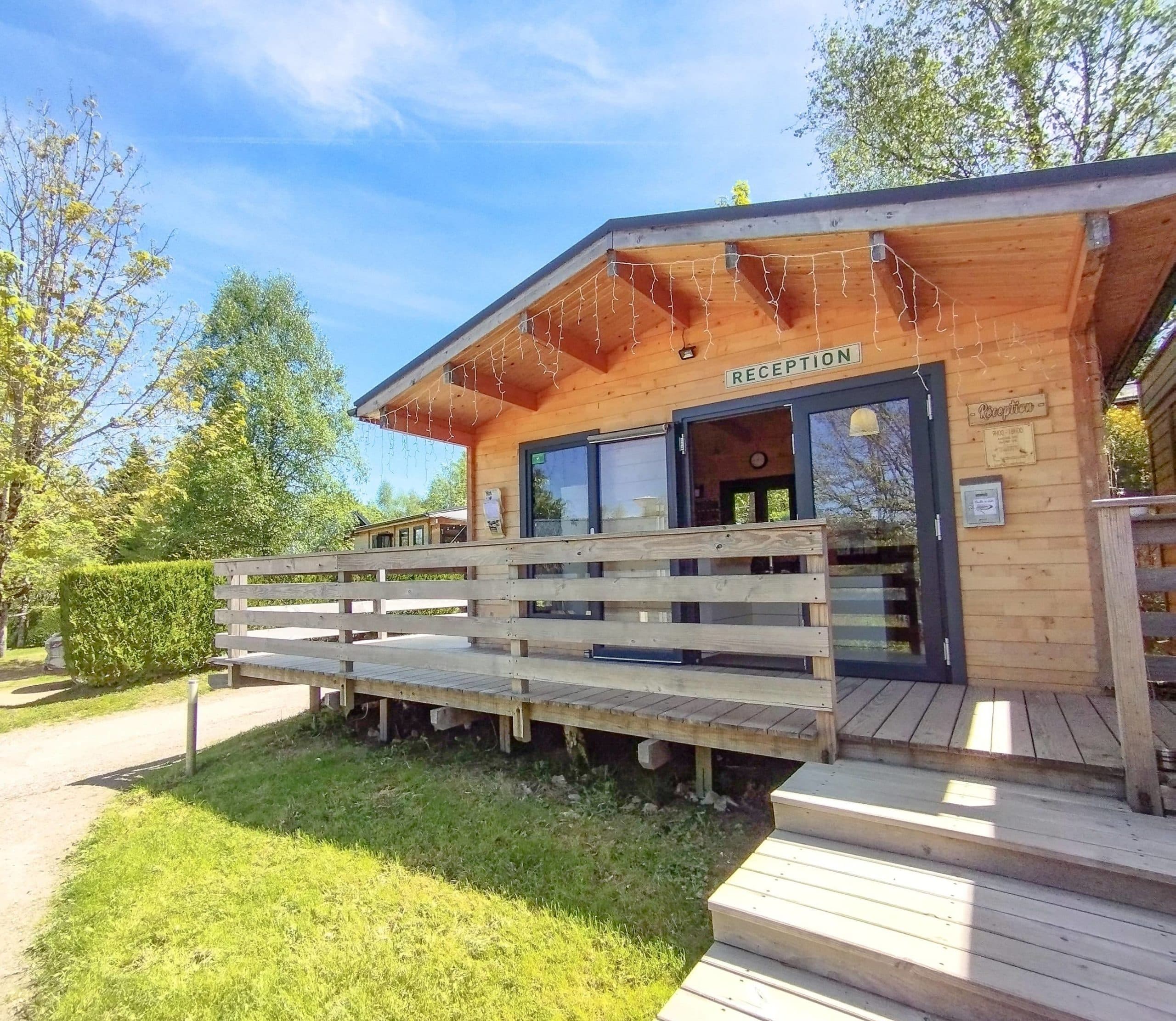
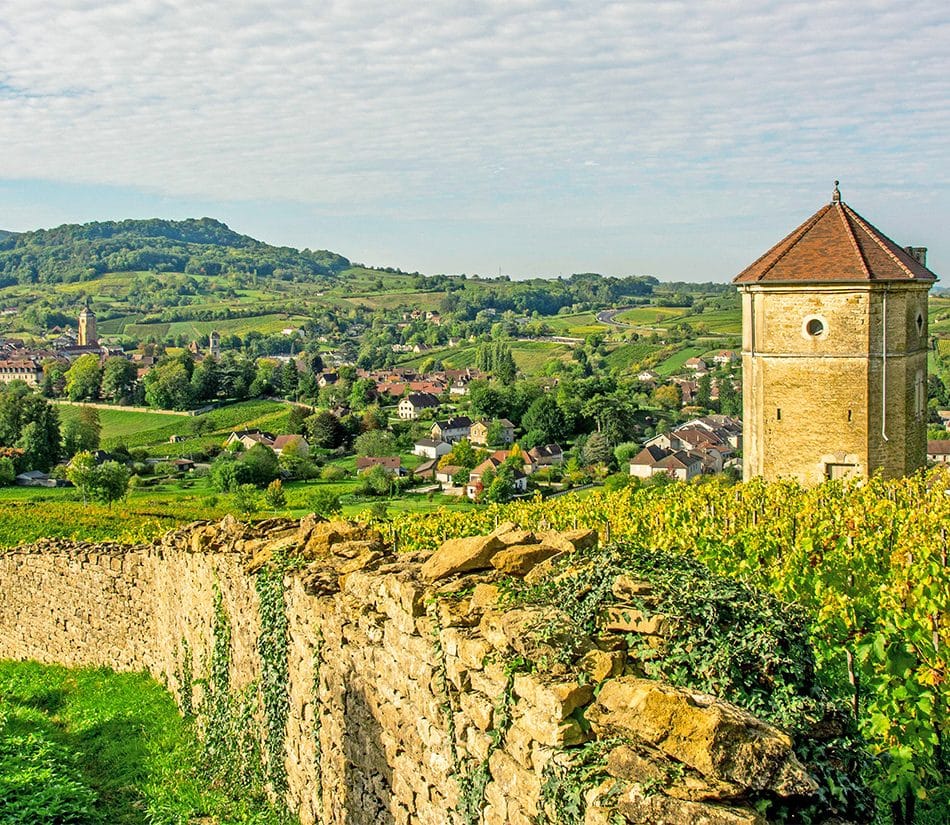
Conversion to a Residential Leisure Park
For 30 years, the small, family-run campsite (109 pitches) by the lake was a great success. Then tourist expectations changed (communal showers were no longer in vogue) and a new project was needed.
In 2015, the town council of Moux-en-Morvan, entrusted the management of the land to a couple of local entrepreneurs. For 9 years, they worked to set up 42 chalets as part of a 4-season PRL (residential leisure park) project, as well as hotel services. The “Land of Christmas Trees”, at the end of the world… became a prime location for the “Tourism of Tomorrow” (as the title of the book written by the founders of the estate suggests), combining comfort, quality of service and authentic nature.
In 2024, the park is completed and joins the Cap France network of independent villages… It continues its wonderful adventure with you.
